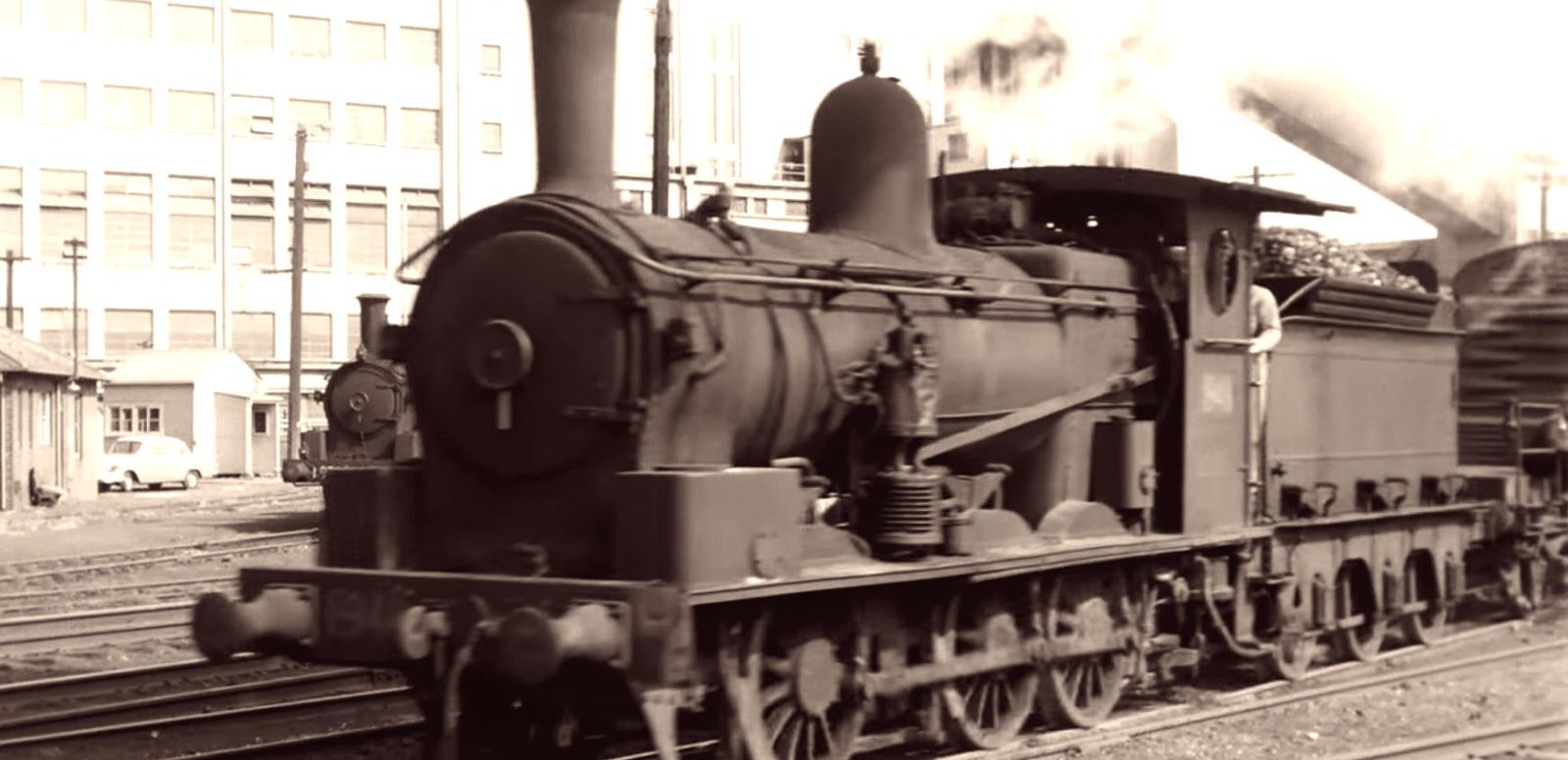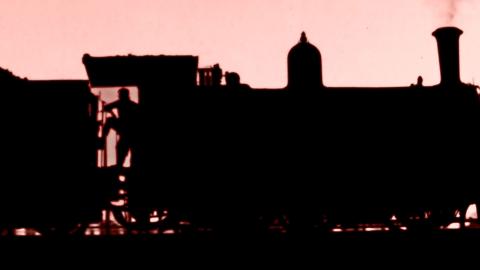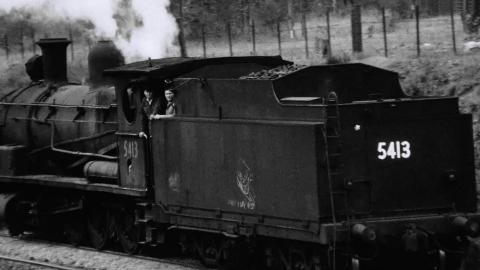

Darling Harbour, Sydney
Sydney's Darling Harbour in the 1960s and 70s
During the 1960s and 70s, Sydney was undergoing rapid growth and expansion. Railway lines were bustling with work, day in and day out. Featuring footage filmed over these two decades, Steam on the Harbour is a new NFSA documentary showcasing Darling Harbour as a busy railway goods yard, long before the days it became one of Sydney’s main destinations for recreation and entertainment.
These images were captured by transport enthusiast and cinematographer Roger McKenzie and his friend Bernie Kent. Take a step back in time to see what Sydney used to look like!
Steam on the Harbour: Darling Harbour’s working trains.
The project was overseen by Curator Jeff Wray. He explains that this never-before-seen footage reveals the industrial nature of Darling Harbour’s past, and gives contemporary audiences an impression of what it was like to work on the railway in Darling Harbour.
Highlights in the film include footage of Sydney landmarks like the Pyrmont Bridge, with the skyline appearing remarkably shorter than what we have these days.
'The Goods Line’ walking path in Ultimo is also featured in the documentary. Before it was opened to the public, it was a heavily used route for 19 class steam engines coming in and out of Sydney.
One for the train enthusiasts: the film shows the transition between steam-powered trains and the new diesel locomotives at the start of the 1970s.
About Roger McKenzie
Roger McKenzie (d. 1992) worked as a film editor for television’s ATN 7 in Sydney. McKenzie, along with his good friend Bernie Kent, was a film collector who also captured his personal interests on film including his love for trains and other transport such as buses and ferries. These films don’t just show the vehicles and machinery, but also include the workers who operated them and the surrounding area.
McKenzie and Kent were able to acquire a pass from the New South Wales Railways allowing access to places from which the general public were otherwise restricted such as workshops and depots. They would often start at 4am to get into position to record the early morning trains passing; at other times they would stay overnight.
Their favourite locations for filming trains included Hawkmount, Fassifern, around Maitland, Darling Harbour and the Macdonaldtown car sheds.
The National Film and Sound Archive of Australia acknowledges Australia’s Aboriginal and Torres Strait Islander peoples as the Traditional Custodians of the land on which we work and live and gives respect to their Elders both past and present.


